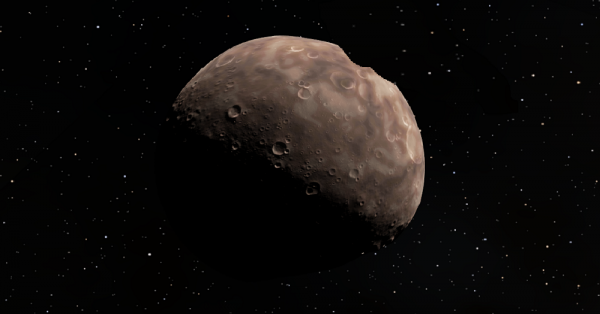BY LETTER
Parthene, Clade
All female human clade |
 Image from Steve Bowers |
(5) Astraea
After a short period of mining by autonomous Neumann replicator machines this asteroid in the Old Solar System was abandoned until colonisation in 220 AT by the all-female Parthene clade of superbright genetic tweaks; the Parthenes became active in mining many smaller asteroids in this band, and many were engaged in deep space astronomy using the long baselines available.Clade Parthene
The research into inheritable genetic modification to improve human intelligence had a very high failure rate, and was long outlawed on the Earth's surface during the early Interplanetary Age; for this reason many new tweaked genomes were developed in the orbital habitats surrounding the Earth and Moon. One promising approach involved selecting the intelligence traits associated with female development and hormone balance; many profound behavioural differences were determined to result from the complicated interactions between the male and female chromosomes and the rest of the genome. After finding a way to induce parthenogenesis (the development of new individuals from unfertilised ova) at will in human females, the all female team at Biotopia (Asherah) produced a superbright all female genotype, the so-called Parthenes. Each Parthene child is a natural clone of her mother.The first Adult Individual, Jenni Denley, led the colonisation of Astraea Asteroid in 220 AT, and her clone/daughter Julie became a famous astrometrist, working with the hyperturing AI known as 110001 to map the entire visible galaxy by 261.
The superbright Parthene culture was very rich and diverse, relying on advanced hormone control to regulate many social and physiological aspects of the women's lives. Soon after the initial development of the clade it became apparent that simple cloning by means of parthenogenesis would lead to social stagnation, so the Parthenes used various methods of ova fusion allowing a form of female-only sexual reproduction. In the current era this includes the production of female pseudosperm with only X chromosomes.
As time passed the Parthene clade diversified their genetic typology, some becoming adapted to life on planets and habitats with artificial gravity, others remaining adapted to microgravity. They have remained relatively close in appearance to baseline human females, although some individuals develop secondary sexual characteristics only when in reproductive mode, while others adopt body-types resembling human males on a temporary or permanent basis.
Related Articles
Appears in Topics
Development Notes
Text by Steve Bowers
Initially published on 27 November 2003.
Initially published on 27 November 2003.






